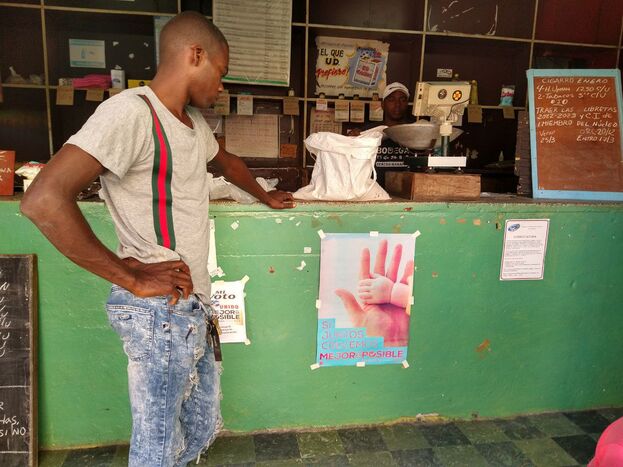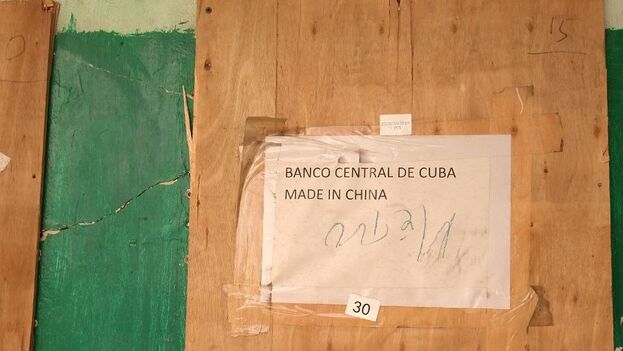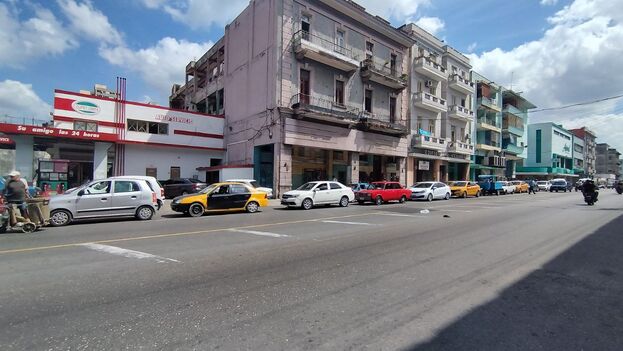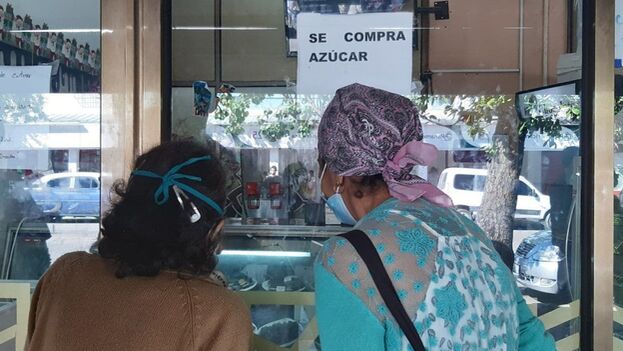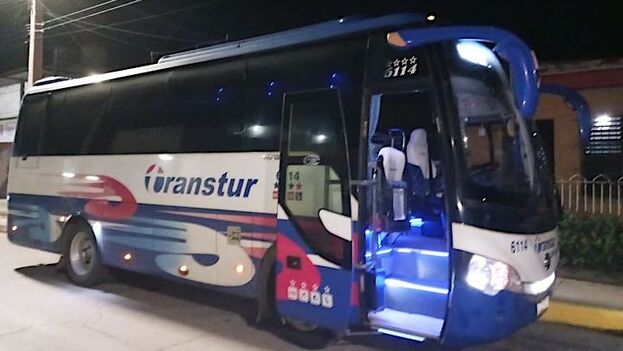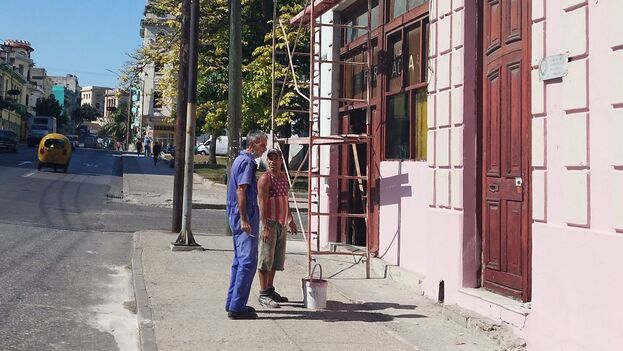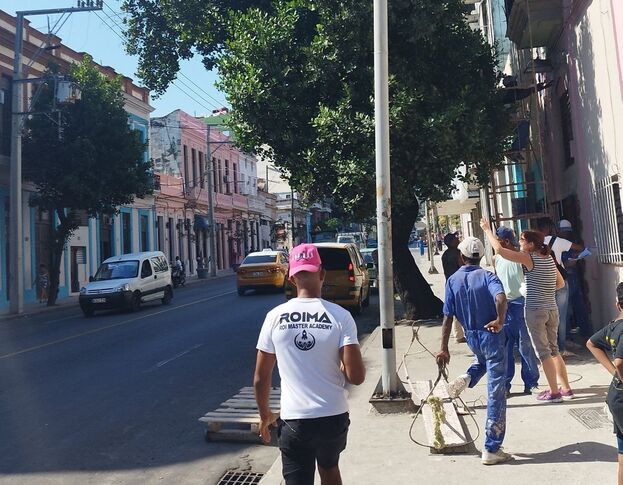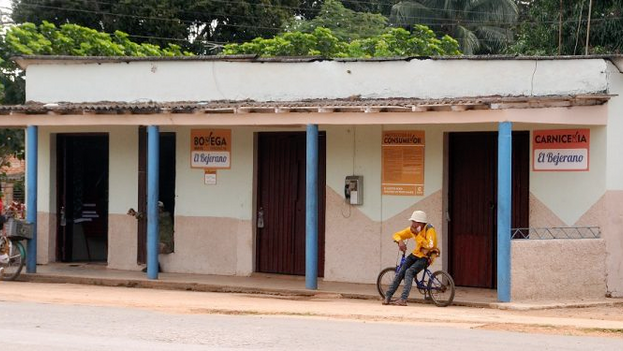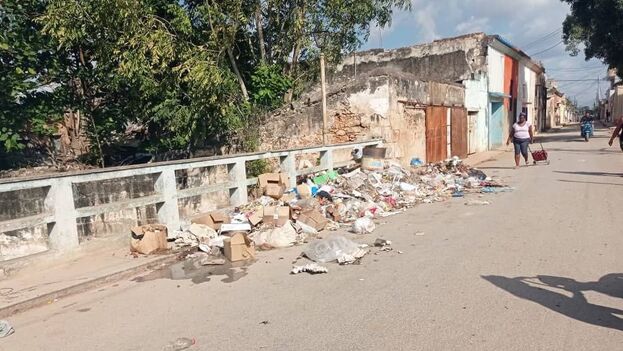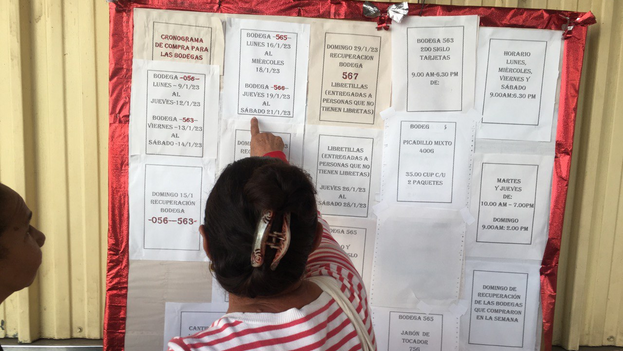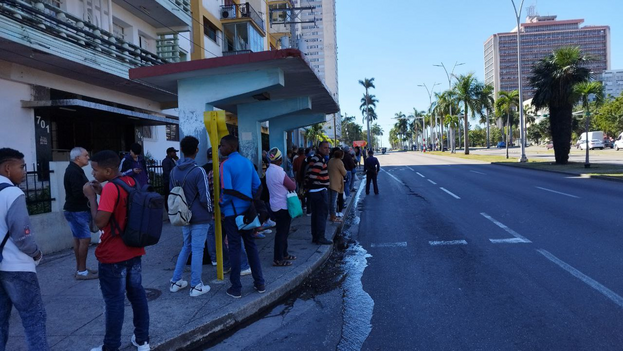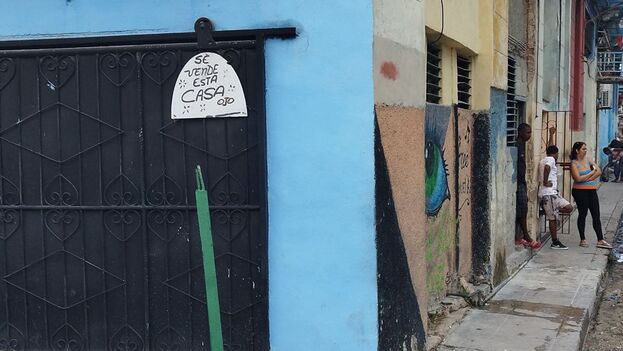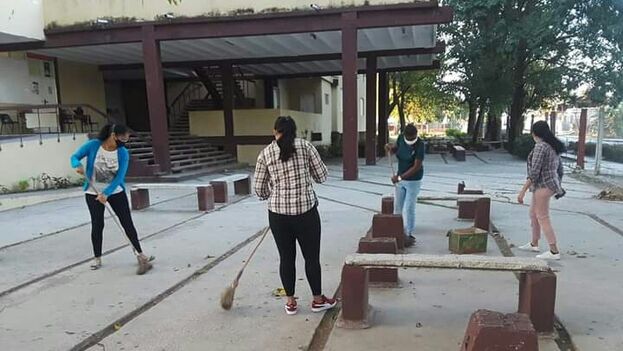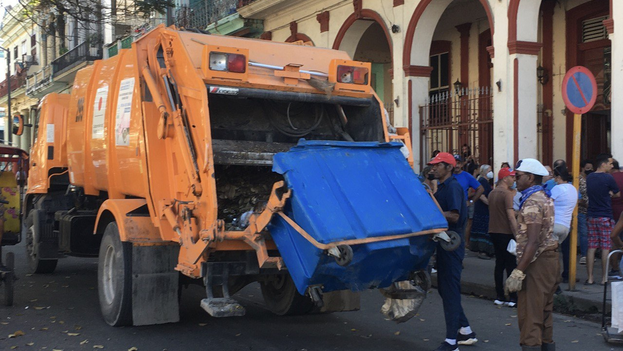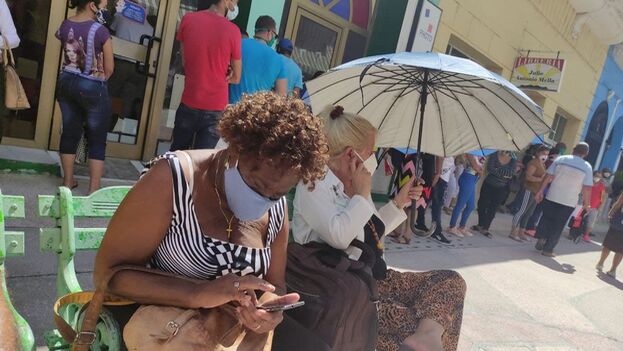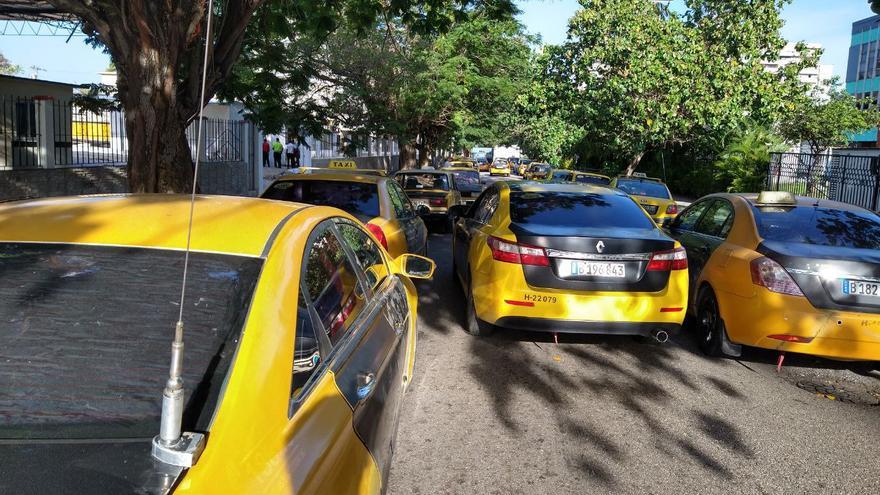
![]() 14ymedio, Natalia López Moya, Havana, 10 April 2023 — Marta and Manuel, two Spaniards who arrived in Havana this Good Friday on the Air Europa flight, pass through the door of the José Martí international airport and come across a dark esplanade full of people holding signs with the name of a tourist. The taxi stand is empty. The lack of fuel has hit the strategic tourism sector, and the Madrid couple spends two hours waiting for a vehicle to take them to Old Havana.
14ymedio, Natalia López Moya, Havana, 10 April 2023 — Marta and Manuel, two Spaniards who arrived in Havana this Good Friday on the Air Europa flight, pass through the door of the José Martí international airport and come across a dark esplanade full of people holding signs with the name of a tourist. The taxi stand is empty. The lack of fuel has hit the strategic tourism sector, and the Madrid couple spends two hours waiting for a vehicle to take them to Old Havana.
“This is not how tourism can be recovered,” says the employee who manages the taxi stand. The man calls again and again on his mobile phone to the possible taxi drivers who relieve the long line that has been formed after the arrival of the European flight. But the answer he receives is almost the same: “I don’t have fuel.” After half an hour, a yellow Citröen arrives in front of the line of desperate travelers. “This is my last trip because what I have left of gasoline is not enough for another,” he says.
Several tourists hurry to get on the buses that will take them to Varadero and other resorts. “We are making the trips to leave the customers in the hotels but we have had to cut the excursions,” explains a driver who begins to read a list of British surnames to confirm the travelers he will take in his vehicle. “For almost a month we have only had fuel for transfers to and from the airport,” he emphasizes.
On the other side of the street, in the shadows, the drivers of several private vehicles load luggage into trunks and shout among themselves the coordinates to find fuel. “The Santa Catalina gas station has none; neither does Boyeros and Ayestarán although they told me that they saw a tank unloading an hour ago at the one on G and 25.” continue reading
The information, more valuable for filling the tank of the vehicle than the money itself, has created networks of solidarity among drivers who, in addition to spreading the word about where the supply has arrived, help each other in the lines in front of the gas station, which can last for days. “We are four taxi drivers and we take turns in line. The station that had fuel last week doesn’t have it anymore. We wouldn’t have a life if we had to be in line all the time,” explains a young man who rents a cab from the Taxi-Cuba Company.
“The tourists who arrive don’t know this, and some rent a car to go to the provinces; then they get stranded on the road because they can’t fill the tank,” the driver tells 14ymedio. “At first, passenger cars had priority, but if there is no gasoline, it doesn’t matter if you have priority. If there isn’t any there isn’t, and they can’t invent it.”
Marta and Manuel managed, after a long wait, to get into a vehicle on the way to a private rental house in the historic center of Havana. “Can we meet tomorrow for an excursion to the Zapata Swamp?” they inquired of the taxi driver. The payment proposal, an interesting amount of euros, would have been absolutely irresistible a few months ago, but the driver declines. “I can’t, this is the last gasoline I have left. Tomorrow I have to take care of getting more, and that will take me all day or all week.”
Rumors are circulating among taxi drivers that fuel problems will be solved on the 18th. In March, the British agency Reuters announced the shipment of oil from Venezuela that was going to be the largest in memory in a long time. The Nolan oil tanker, Panamanian-flagged and sanctioned by the United States, was in the Venezuelan port of San José loading 1.53 million barrels (400,000 barrels of oil and 1.13 of diesel), destined for Cuba.
Although the ship was supposed to arrive at the end of March, the shortage, visible at the Island’s gas stations, suggests that it arrived late or that the unloading has been slow. Radar positioned the Nolan for the last time off the coast of western Africa, but that was 111 days ago, and the sanctioned tankers travel with the transponder turned off to hide their location. The Venezuelan government opponent María Corina Machado said last week that the oil tanker was in the port of Antilla, in Holguín, according to a satellite application.
But the effects of the lack of fuel are not only noticed by tourists and Cubans who want to fill their tank. The blackouts are already back, and national television announced that a “complex” day is expected this Monday. Yesterday, Sunday, the deficit reached 368 megawatts (MW) at around 20:20, coinciding with peak time. Although the Unión Eléctrica de Cuba (UNE) assures that “this weekend it managed to meet the demand,” many Cubans have complained about more than three hours without power in different parts of the Island.
“Last night there was a blackout here from 10:27 pm until a little more than 1 am. I couldn’t rest well, and today we face the day to day to see how to survive,” lamented a woman from Cienfuegos. “I have just seen the list, and during the day there should be no problem, but in Remedios there is a deficit from 9 to 3 in the afternoon,” added another.
For today, UNE predicts a deficit of 200 MW, but 550 MW is expected to be missing at the peak. In its statement, the electricity monopoly speaks of a shortage in the distribution because of “failures and lack of maintenance,” correcting the information provided on television, which said that the lack of availability is due to “problems” in the distribution of fuel, which has not yet arrived.
“They don’t have oil because they don’t buy it, and they don’t pay for what they buy. Period.” says a user when reading the forecast for the day.
Meanwhile, the recovery work of the Antonio Guiteras de Matanzas thermoelectric plant continues after the accident that cost the lives of two people this Friday and injured two more when they were trapped by the collapse of a 23-foot high wall while cleaning the soot in the chimney of the plant. La Guiteras is the largest thermoelectric plant in the country, but last year it was out of service for more days than it produced energy.
Translated by Regina Anavy
____________
COLLABORATE WITH OUR WORK: The 14ymedio team is committed to practicing serious journalism that reflects Cuba’s reality in all its depth. Thank you for joining us on this long journey. We invite you to continue supporting us by becoming a member of 14ymedio now. Together we can continue transforming journalism in Cuba.

